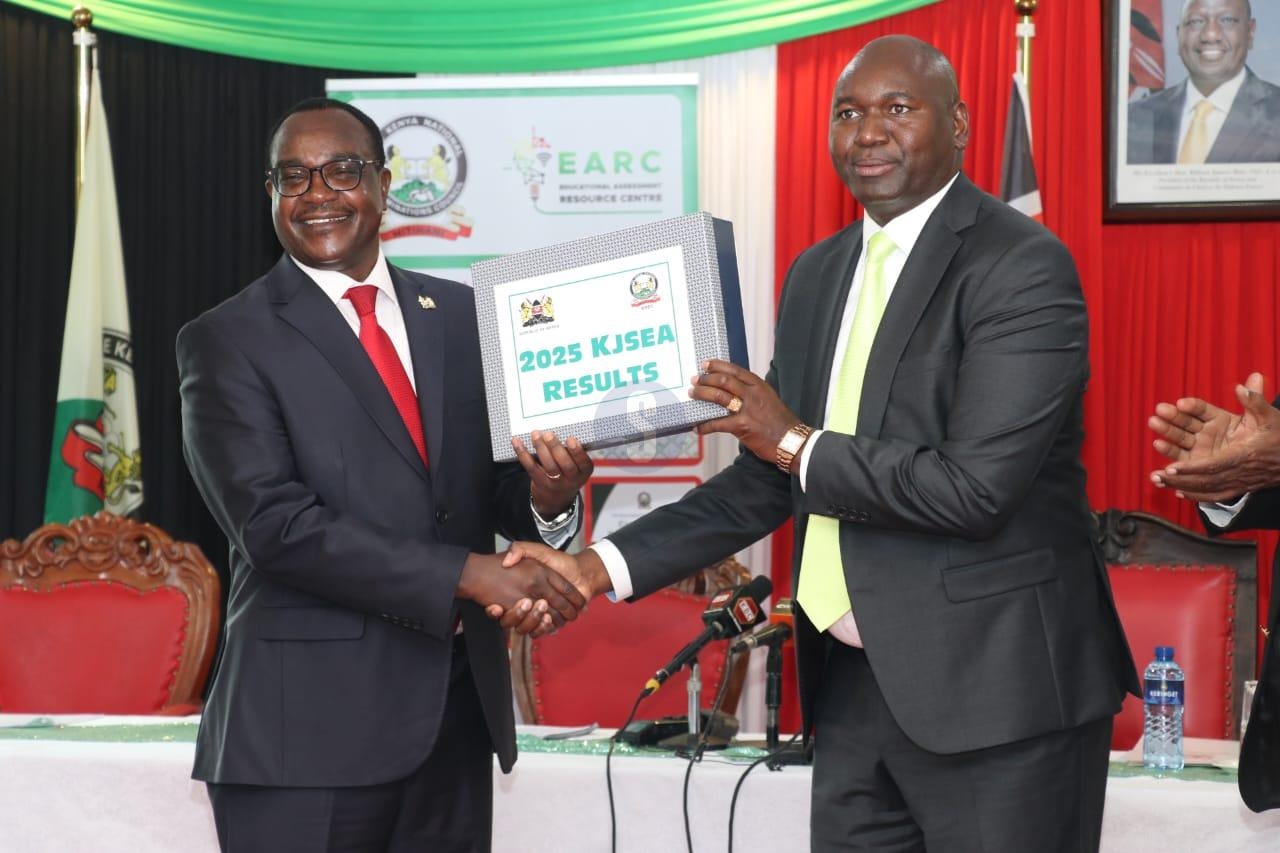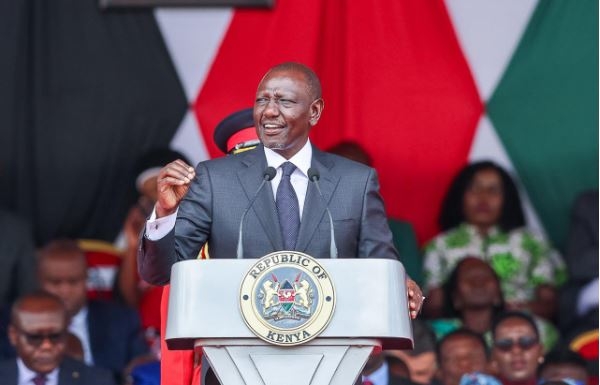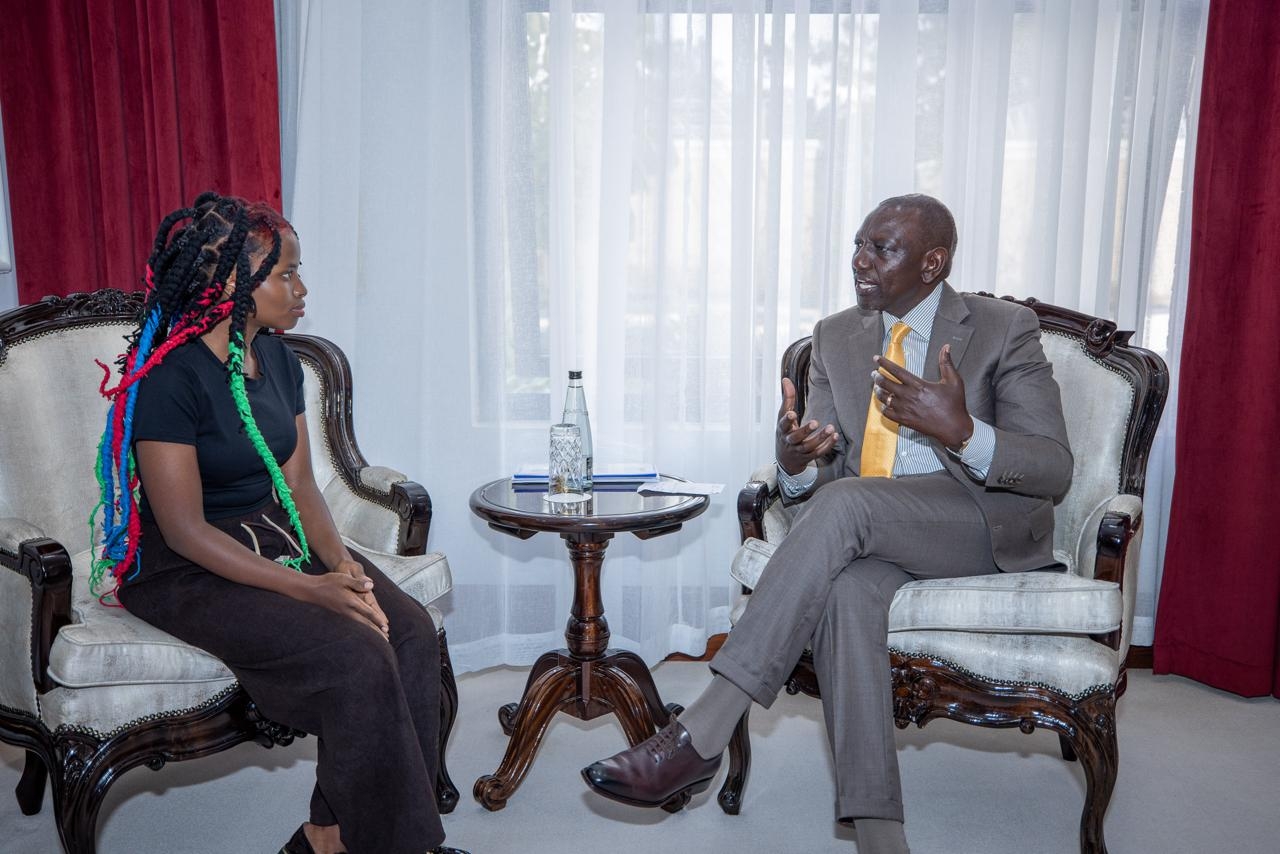

Two suspects were arrested on Wednesday while trafficking six pieces of elephant tusks in Migori Town.
Police and Kenya Wildlife
Service officials put the value of the 18 kilos of the tusks at Sh1.8 million.
A rider and a female
pillion passenger were intercepted carrying a sack on a motorcycle and ordered
to disembark.
A team of KWS officials said they searched the sack and recovered the tusks therein
. It is
not clear where the two had obtained the tusks from, but it is suggested that at least
two elephants had been killed to get the product.
Police said the suspect will be charged with the offence of being in Possession of Wildlife Trophies of Endangered Species Contrary to Section 92(4) of the Wildlife Conservation Management Act 2013.
This is the latest seizure of ivory to be made in
a series in the past months.
Two Burundian nationals were Monday August 4 charged in a Mombasa court with illegal possession and trade in wildlife trophies, contrary to Kenya’s wildlife conservation laws.
Gakiza Sulemani and Nkunubumwe Celecius were arraigned before Senior Resident Magistrate David Odhiambo and charged with dealing in 27 pieces of elephant tusks — classified by law as trophies from endangered species — without the required permit.
The tusks weighed approximately 62.85 kilograms and were valued at Sh12,570,000.
The court heard that the accused were apprehended on August 3, 2025, at around 3:00 PM in the Miritini area of Mombasa County, following an intelligence-led operation by KWS officers.
The suspects were reportedly in the area seeking potential buyers for the illicit wildlife products. In addition to trafficking charges, they face a second count of possession of a wildlife trophy from an endangered species without a permit, in violation of Section 92(4) of the Wildlife Conservation and Management Act, 2013 (as amended).
Both suspects pleaded not guilty to the charges. This indicates elephants are being killed despite stringent measures in place to address the menace of poaching.
Elephant tusks fetch a fortune in the black market as a surge in demand for ivory in the East continues to fuel the illicit trade in elephant tusks, especially from Africa.
Officials say, despite a ban on the international ivory trade, African elephants are still being poached in large numbers.
As part of efforts to stop the menace, Kenya has started using high-tech surveillance equipment, including drones, to track poachers and keep tabs on elephants and rhinos.
Kenya Wildlife Service and stakeholders have put in place mechanisms to eradicate all forms of wildlife crime, particularly poaching.
These mechanisms include enhanced community education, interagency collaboration, and intensive intelligence-led operations, among others.
These efforts led to zero rhino poaching in Kenya in 2020-the first time in about two decades.
On April 30, 2016, Kenya set ablaze 105 tonnes of elephant ivory and 1.35 tonnes of rhino horn.
Former President Uhuru Kenyatta led world leaders and conservationists in burning the remains of elephants and rhinos killed for their tusks and horns.
Parliament has also passed strict anti-poaching laws, and the government has beefed up security at parks to stop poaching, which threatens the vital tourism industry.
Regionally, Kenya has also emerged as a major transit route for ivory destined for Asian markets from eastern and central Africa.
The illegal ivory trade is mostly fueled by demand in Asia and the Middle East, where elephant tusks and rhino horns are used to make ornaments and traditional medicines.













